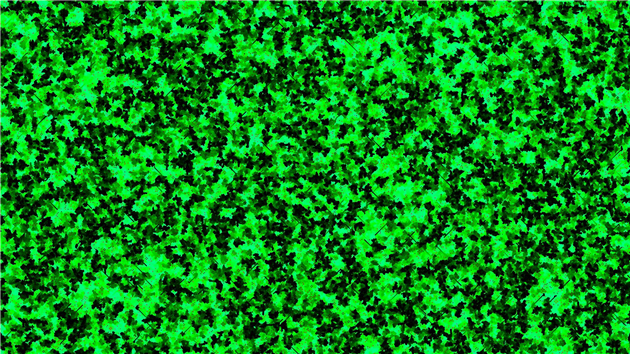


There are just endless cool things to do with cellular automata…) (I haven’t given up on overkill – the cyclical CA engine is coming as soon as I get it cleaned up and commented. It’s initialized randomly, with UI to control the pattern lifetime and framerate. Ok… just to demonstrate that I can sometimes do an assignment as specified, and because every platform should have one, here’s a basic implementation of Conway’s life. So I dug into some of the existing programs, and found some amazing resources…Īnd while cellular automata (which all of this is) does have a 1D pattern in the PB pattern archive… its time for some 2D ones… cause with some additional/different rules and adding colors, you can make amazing patterns like this: It’s been a long time since I played with Life myself. There are lots of implementations out there, if you need some help… And of course, many of us will also be happy to help if you get stuck. Your task: create Life on the Pixelblaze.
RANDOMIZED CONWAYS GAME OF LIFE CODE
(the dark cells n that images are the LIT ones, to be clear)īeyond Life, this sort of code can be used for things like sand sliding around, water sloshing and more… Basically it’s a good core way to simulate. Usually a random starting layout is best… Or you can use the classic layout: It’s time to fix that, and this is the perfect bit of coding where there are dozens of ways to do it, and lots of potential shortcuts so golfing will be interesting too.Īdding color is optional (I don’t recommend using white, just for power reasons), but you could potentially make it color sensitive, like blue pixels count as 2, or green pixels always stay alive, etc… (See below for more ideas) I was surprised I didn’t see a Life implementation Similarly, all other unlit pixels stay off. All other lit pixels turn off in the next generation.Any unlit pixel with three lit neighbours becomes a lit pixel.Any lit pixel with two or three lit neighbours stay lit.(Neighbors are the 8 surrounding pixels, and you can either consider the edges as off, or wrap around)Īny lit pixel with more than three lit neighbors dies (turns off), as if by overcrowding.Īny unlit pixel with exactly three lit neighbors lights up. Given a field of pixels, run thru each pixel and look at the surrounding pixels:ġ.Any lit pixel with fewer than two live neighbors dies (turns off), as if by loneliness. One classic example is Life by John Conway. The difference is that the first is focused on the object(s), while this one is focused on the matrix of positions. There is another sort of basic framework when it comes to Matrixes: it uses an array, for each pixel, to pay attention to nearby pixels, and thus do other sorts of behavior models. I still need/want to turn that into a more generic solution, enabling “boids” and other independent behavior models to be built. As part of doing the Sunrise task, built a object focused framework, so his planets/etc would move around the sun.


 0 kommentar(er)
0 kommentar(er)
